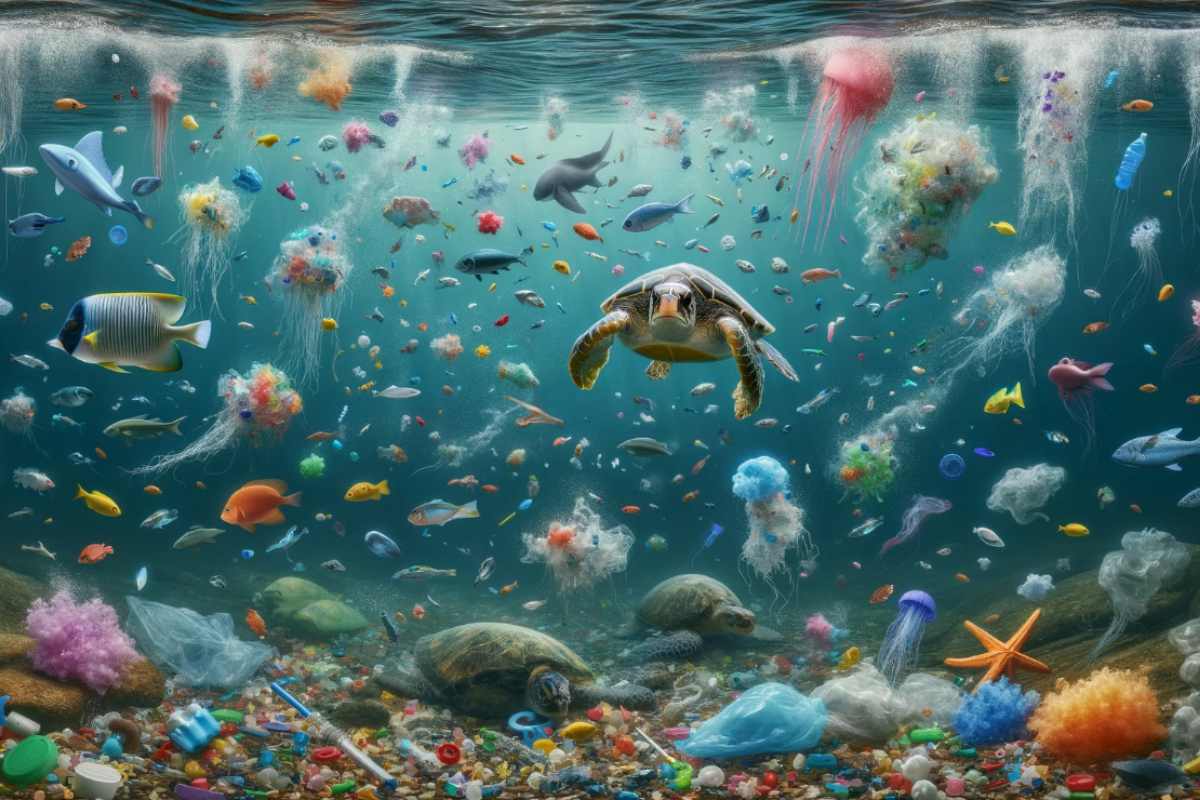The invasion of plastics on our planet is an undeniable reality. One glaring example is the Great Pacific Garbage Patch, an enormous plastic waste island that spans an alarming 1.6 million square kilometers in the Pacific Ocean. The time to act is now; preserving our planet demands action from every single one of us. This article explores the issue, the staggering statistics, and actionable steps each of us can take to combat the plastic crisis.
The Ubiquity of Plastics: A Blessing Turned Curse
Plastics have become a staple in our daily lives, appearing in packaging, cosmetics, textiles, electronics, and even the chewing gum many of us enjoy. However, their omnipresence has come at a significant cost to the environment.
Globally, 500 million tons of plastic are produced each year, with a staggering 900% increase in plastic production since 1980. The environmental ramifications are severe:
- 500 billion plastic bottles are manufactured annually.
- 8 million tons of plastic waste end up in oceans every year, adding to the over 150 million tons already present.
- By 2050, it is projected that the oceans could contain more plastic than fish by weight.
Despite its short life cycle—plastic items like straws, cutlery, and bags are used for just 12 to 15 minutes on average—plastic can take up to 500 years to decompose. As a result, it outlives us and will persist for generations.
The Global Response to the Plastic Crisis
Recognizing the magnitude of the problem, governments worldwide are beginning to act. For instance, the European Union banned single-use plastics like straws, plates, and cotton swabs in 2021. These measures reflect growing awareness of the urgency to curb plastic pollution. Yet, legislation alone is insufficient; consumer behavior must also evolve to reduce demand and influence production practices.
How Long Does Plastic Take to Biodegrade?
Plastics’ decomposition times vary widely, but single-use plastics are particularly problematic. Here’s a snapshot:
- Plastic bags: 10-20 years
- Plastic bottles: 450 years
- Fishing nets: 600 years
These timelines illustrate the staggering durability of plastic, underscoring the need for change.
Practical Tips to Reduce Plastic Consumption
Reducing plastic usage is easier than it may seem. Adopting a few simple habits can significantly impact both our lives and the planet’s health.
1. Avoid Single-Use Plastics
Products like plastic straws, cutlery, and plates are convenient but highly detrimental to the environment. Opt for reusable or biodegradable alternatives.
2. Bring a Reusable Bag
When shopping, carry a fabric or mesh bag instead of using disposable plastic ones. This small habit, repeated weekly, can make a substantial difference.
3. Recycle Chewing Gum
Many chewing gums contain plastic. Reduce consumption or choose natural, biodegradable alternatives, and dispose of gum in appropriate recycling containers.
4. Buy Food in Bulk
Packaging waste inundates supermarkets, but bulk shopping allows you to bring your own containers, reducing single-use plastic waste.
5. Use Glass or Steel Containers
Replace plastic lunch boxes with glass or stainless steel options. This switch is better for both the environment and your health.
6. Choose Wooden Clothespins
Swap plastic clothespins for wooden ones. Small changes in everyday tasks can collectively create significant environmental benefits.
7. Educate Others
Lead by example and encourage family, friends, and colleagues to adopt sustainable habits. Collective action amplifies impact.
8. Recycle Correctly
Ensure plastics go into the correct recycling bins. Misplaced waste contaminates recycling processes, reducing efficiency.
9. Avoid Microplastics in Cosmetics
Many cosmetics contain microplastics. Opt for eco-friendly products, and consider using biodegradable toothbrushes or natural fabrics in your wardrobe.
10. Reuse Plastic Containers
If purchasing plastic is unavoidable, repurpose containers instead of discarding them. For example, refill water bottles and reuse packaging for storage.
The Role of Consumer Choices
Consumers hold immense power to influence manufacturers by altering purchasing patterns. By prioritizing sustainable products, we can drive demand for eco-friendly materials and encourage companies to adopt environmentally responsible practices.
Small, consistent actions can ripple outward, driving systemic change. For instance:
- Supporting companies that use recycled materials.
- Advocating for local policies that reduce plastic waste.
- Participating in community cleanup efforts.
The Urgency of Action
Plastic pollution is not just an environmental issue; it is a threat to biodiversity, marine life, and human health. The plastic in our oceans kills countless marine animals every year, and microplastics are entering the food chain, with unknown long-term consequences for human health.
The time to act is now. By implementing the tips above and encouraging broader societal change, we can mitigate the damage plastics cause and work toward a cleaner, healthier planet.
The plastic invasion is a crisis of global proportions, but it is not insurmountable. Every small effort contributes to a larger solution, whether through individual habits, community action, or systemic policy changes. Together, we can combat the proliferation of plastics and secure a sustainable future for generations to come.
Take the first step today. Reduce, reuse, recycle—and rethink how you interact with plastics. The planet is counting on you.

